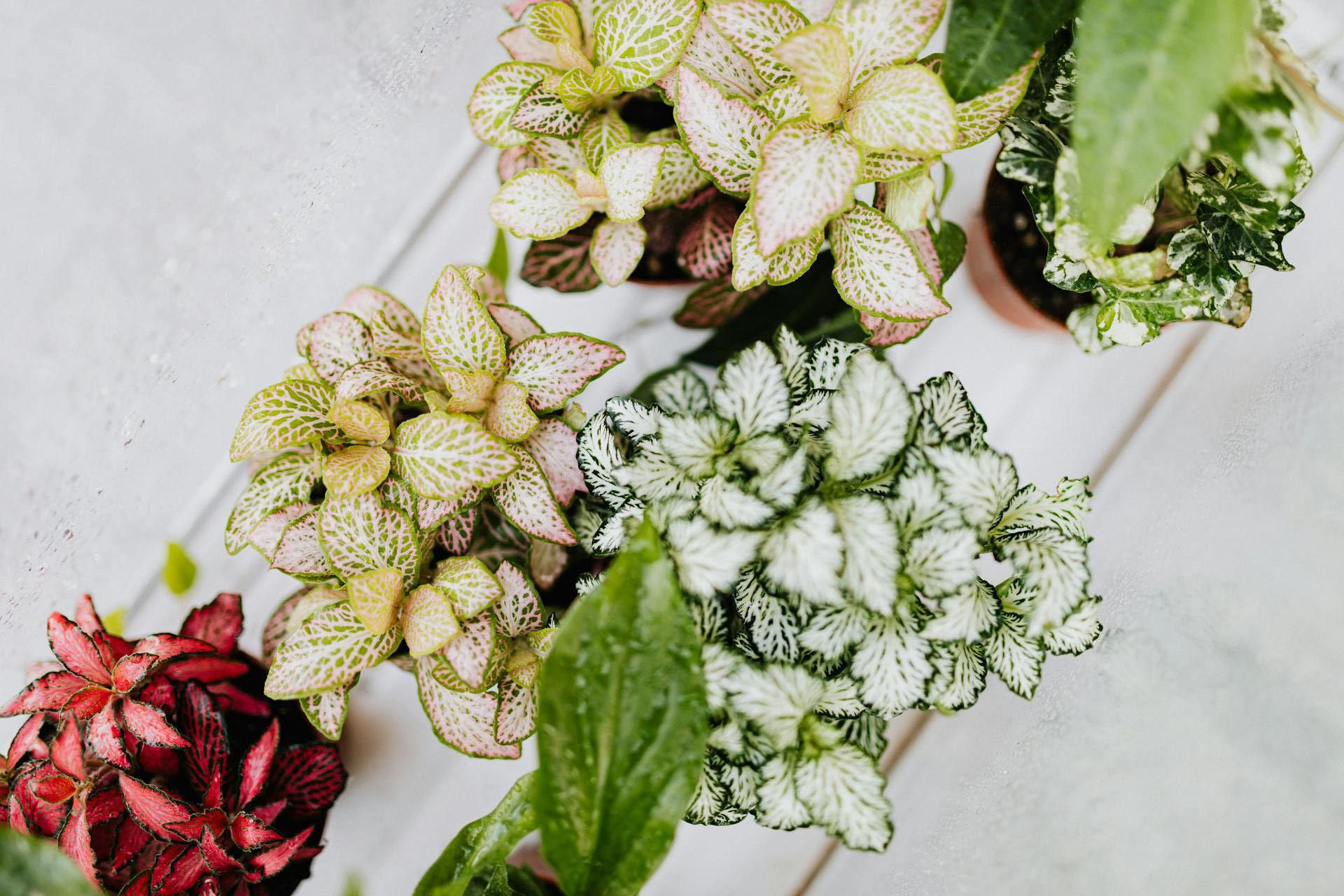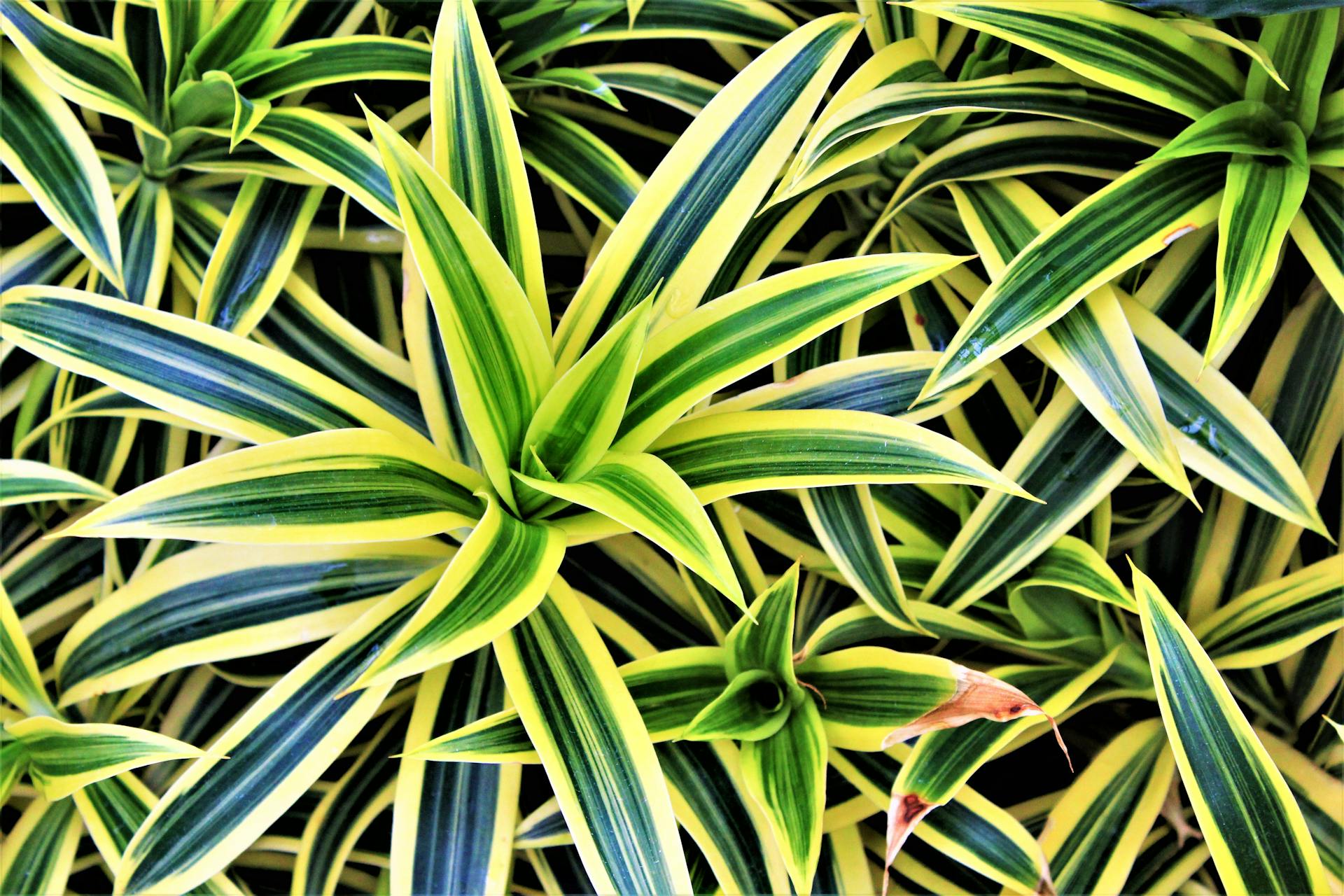Introduction
Have you ever come across a plant that seems to have its own daily rhythm, almost as if it’s praying? Meet the Prayer Plant—a stunning addition that brings beauty and a touch of mystique to any indoor setting. Named for its unique habit of folding its leaves each evening like hands in prayer, this indoor favorite is scientifically known as Maranta leuconeura. It’s not just an eye-catcher; it’s also easy to care for, making it a great choice for both beginners and seasoned plant lovers alike. So, if you’re considering adding one to your collection or already have this lovely plant that could use a little extra love, let’s explore everything you need to know about the captivating Prayer Plant.
Table of Contents
- What is a Prayer Plant?
- Why Does the Prayer Plant Move?
- Types of Prayer Plants
- Caring for Your Prayer Plant
- Common Issues and How to Fix Them
- Benefits of Keeping a Prayer Plant
- FAQs
- Conclusion
What is a Prayer Plant?
The Prayer Plant, Maranta leuconeura, is a beloved choice for anyone looking to add vibrant color and a touch of intrigue to their house plant collection. This tropical beauty hails from Central and South America, where it thrives under the lush canopies of rainforests. The plant’s striking leaves often feature beautiful green, red, and purple patterns, making it as visually captivating as it is unique.
Why Does the Prayer Plant Move?
You might wonder, what’s with the daily leaf-folding ritual? This fascinating behavior, known as nyctinasty, is a natural response to changes in light. During the day, the Prayer Plant’s leaves are spread wide open, basking in indirect sunlight. But as evening sets in, they fold upward as though in a moment of reflection. This movement is more than a charming trait—it helps the plant conserve moisture and protect itself from harsh tropical rain.
“The Prayer Plant’s movement is a small, soothing ritual that brings a sense of calm and wonder into any home.”
Types of Prayer Plants
The Marantaceae family includes several varieties of Prayer Plants, each with unique features. Here are some of the most popular types:
| Type | Leaf Color | Unique Trait |
|---|---|---|
| Red Maranta | Dark green with red veins | Eye-catching red veins across leaves |
| Lemon Lime Maranta | Light green with yellow veins | Bright, cheerful leaves |
| Black Maranta | Deep green with purple spots | Known for its dramatic appearance |
| Silver Feather | Green with silver stripes | Delicate, intricate foliage |
Caring for Your Prayer Plant
Caring for a Prayer Plant might seem intimidating at first, but with a few basic guidelines, your lovely plant will thrive in any indoor environment.
Light
Prayer Plants thrive best in bright, indirect light. Direct sunlight can scorch their leaves, causing colors to fade. Placing them near an east or north-facing window usually provides the right amount of light.
Water
Watering your Prayer Plant is essential to keeping it healthy and vibrant. These plants prefer slightly moist soil but are prone to root rot if overwatered. Water the plant when the top inch of soil feels dry—usually about once or twice a week, depending on the room’s humidity.
Humidity
Prayer Plants are tropical plants that thrive in higher humidity levels. If your home has low humidity, try placing a humidifier nearby, or mist the leaves every few days. Bathrooms or kitchens are ideal spots for these humidity-loving plants.
Soil
Prayer Plants prefer a well-draining potting mix with organic matter. A mix that holds moisture but doesn’t become overly soggy works best. You can use a standard indoor potting soil with added perlite or orchid bark for drainage.
Common Issues and How to Fix Them
Even the best house plants, including the Prayer Plant, can encounter issues! Here’s a quick troubleshooting guide for common problems:
- Yellow Leaves: Yellowing can result from overwatering. Allow the soil to dry slightly before watering again.
- Leaf Curling: Low humidity or insufficient watering can cause the leaves to curl. Increase humidity and make sure your watering routine is consistent.
- Brown Tips: Brown tips are usually a sign of dry air or low humidity. Try misting the plant or increasing humidity in the room.
Benefits of Keeping a Prayer Plant
Prayer Plants bring beauty and numerous benefits to any space. Here’s why you’ll love having one:
- Air Purification: Like many house plants, Prayer Plants help filter indoor air by absorbing toxins.
- Stress Reduction: Studies show that indoor plants reduce stress, and the Prayer Plant’s movement can bring a calming presence to your home.
- Low Maintenance: These plants are relatively easy to care for, requiring only moderate watering and indirect light, making them perfect for busy schedules.
FAQs
Why is my Prayer Plant not folding its leaves at night?
If your plant isn’t folding its leaves, it might not be receiving enough light. Try relocating it to a spot with bright, indirect light, and it should resume its nightly routine.
How often should I fertilize my Prayer Plant?
Fertilize your Prayer Plant every 4-6 weeks during its growing season with a balanced, water-soluble fertilizer. Avoid fertilizing during winter.
Can Prayer Plants be grown in water?
While Prayer Plants prefer soil, some plant lovers have had success propagating them in water. However, for long-term growth, soil is the best choice, providing essential nutrients for the plant.
Conclusion
The Prayer Plant is more than just a house plant; it’s a living, breathing piece of art that brings beauty, peace, and a sense of nature into your home. Whether you’re new to indoor plants or have an established green thumb, this wonderful plant is a joy to care for, rewarding you with its vibrant colors and calming nightly movements. Embrace the fascinating journey of watching your Prayer Plant thrive, and let it bring a touch of tropical charm to your space.













